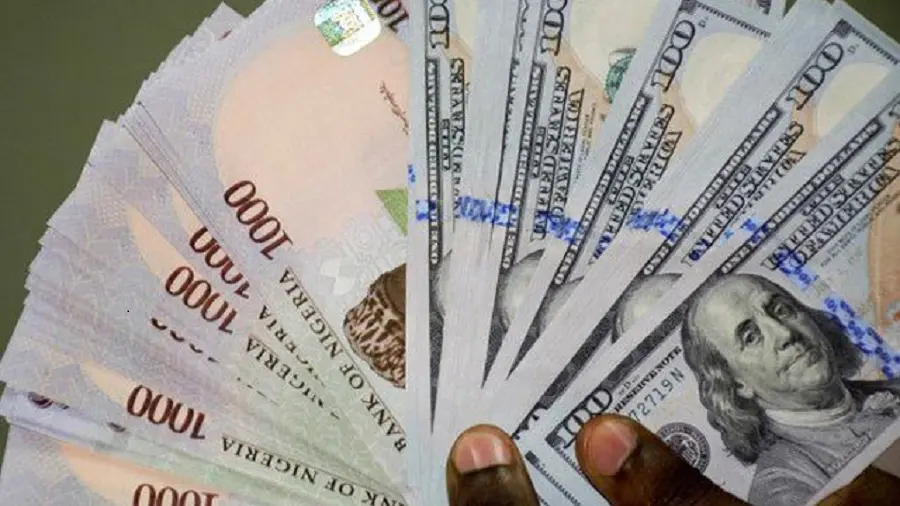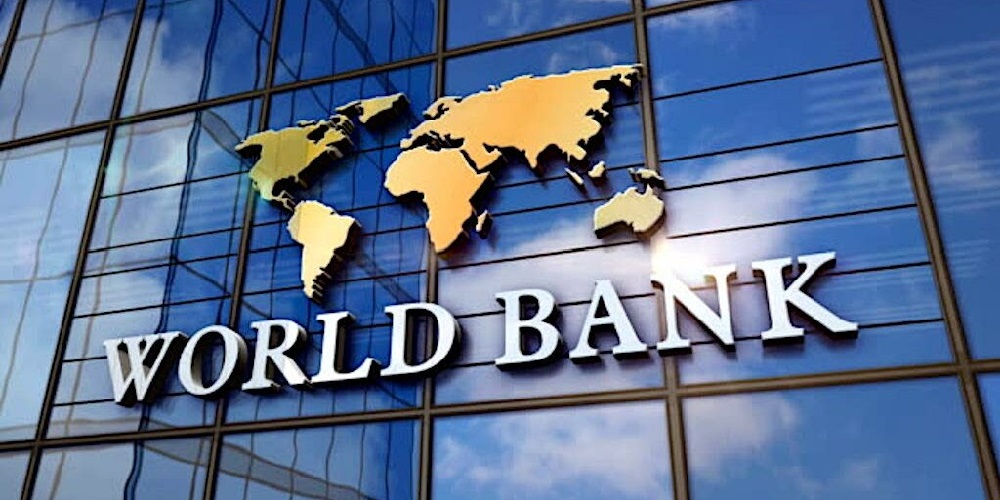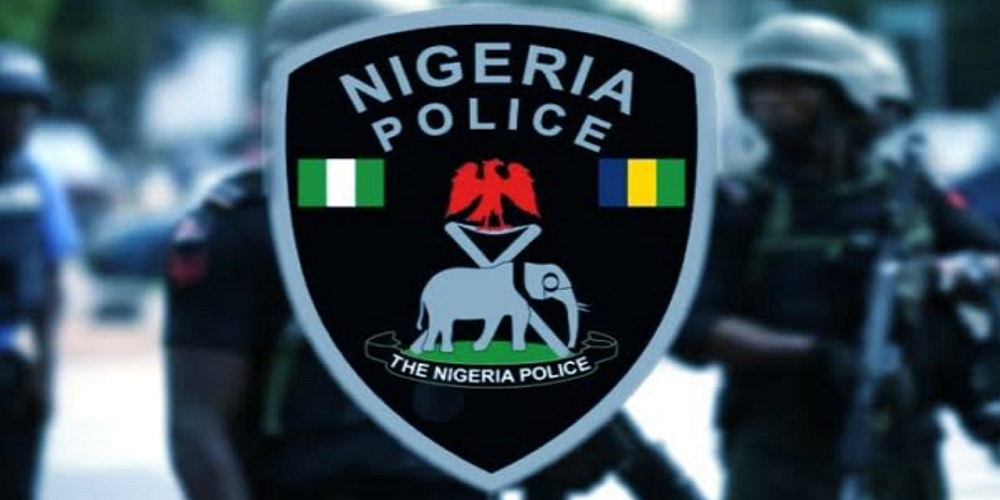Economy
Naira Sinks to New Low in Parallel Market

The Nigerian naira has tumbled to an unprecedented low, trading at N1,700 per dollar in the parallel market on October 14, 2024. This marks a 0.29% decline from its previous rate of N1,695/$1 recorded just days earlier, despite a surge in crude oil prices, which have now surpassed $80 per barrel.
While the parallel market saw a significant drop, the naira remained relatively stable in the official Investors and Exporters (I&E) window, closing at N1,641.27/$1. However, this still represents a 1.14% depreciation from its earlier rate of N1,622.57/$1.
The growing disparity between the official exchange rate and the parallel market continues to expose the pressure on Nigeria’s foreign exchange system.
The naira has experienced a steep decline throughout 2024, losing over 50% of its value since January, when it traded at N907.11/$1. By October, the currency had crossed the N1,500/$1 threshold. After a temporary recovery in March to N1,303/$1, the currency has been on a consistent downward slide.
Key Data Points:
Parallel market rate: Naira dropped to N1,700 per dollar on October 14.
I&E window: Closed at N1,641.27/$1, marking a 1.15% drop from N1,622.57/$1.
Trading volume: Surged to $616.73 million, indicating rising demand for dollars.
Despite global oil prices climbing above $80 per barrel, the naira continues to weaken, largely due to a persistent shortage of dollars, inflationary pressures, and reliance on the parallel market. While higher oil prices would typically provide relief for oildependent economies, Nigeria’s foreign exchange system remains under strain.
Though the naira’s breach of N1,700/$1 is concerning, there is hope for a shortterm rebound. Rising oil prices and new economic policies aimed at curbing demand for foreign exchange may help stabilize the currency, with a potential return to the N1,600/$1 range. However, the broader economic environment, including inflation and forex supply, will determine the naira’s future trajectory.
Economy
75.5% of rural Nigerians now live below poverty line — World Bank

The World Bank has disclosed that a staggering 75.5 per cent of rural Nigerians are now living below the poverty line, reflecting deepening hardship in the country’s hinterlands.
This was revealed in the Bank’s April 2025 Poverty and Equity Brief for Nigeria, which paints a grim picture of worsening economic hardship, widening inequality, and persistent underdevelopment across much of the nation.
While poverty is widespread among urban populations, the report emphasised that the situation is significantly worse in rural areas, where economic stagnation, high inflation, and insecurity have exacerbated living conditions.
“Based on the most recent official household survey data from Nigeria’s National Bureau of Statistics, 30.9 per cent of Nigerians lived below the international extreme poverty line of $2.15 per person per day in 2018/19 before the COVID-19 pandemic,” the report stated.
The report also highlighted Nigeria’s enduring regional disparities. “Nigeria remains spatially unequal. The poverty rate in northern geopolitical zones was 46.5 per cent in 2018/19, compared with 13.5 per cent for southern ones. Inequality measured by the Gini index was estimated at 35.1 in 2018/19.
“Nigeria’s Prosperity Gap — the average factor by which individuals’ incomes must be multiplied to attain a prosperity standard of $25 per day for all — is estimated at 10.2, higher than most peers.”
Despite successive policy interventions, these figures underscore a persistent economic divide across the country.
The report’s demographic analysis found that children aged 0 to 14 years had a poverty rate of 72.5 per cent, reflecting the scale of deprivation among the youngest segment of the population.
Gender disparities were also observed, with 63.9 per cent of females and 63.1 per cent of males classified as poor under the $3.65 per day lower-middle-income threshold.
Education emerged as a significant determinant of poverty, with Nigerians lacking formal education experiencing a poverty rate of 79.5 per cent. This contrasts with 61.9 per cent for those with primary education and 50.0 per cent for secondary school graduates. Only 25.4 per cent of those with tertiary education were considered poor.
The report also drew attention to multidimensional poverty indicators, which further reflect widespread deprivation.
According to the World Bank, about 30.9 per cent of Nigerians live on less than $2.15 daily, 32.6 per cent lack access to limited-standard drinking water, 45.1 per cent do not have limited-standard sanitation, and 39.4 per cent have no electricity.
Education access remains a challenge, with 17.6 per cent of adults yet to complete primary education, and 9.0 per cent of households reporting at least one school-aged child not enrolled in school.
The report noted that even before the COVID-19 pandemic, efforts to reduce extreme poverty had largely stalled.
“Before COVID-19, extreme poverty reduction had almost stagnated, dropping by only half a percentage point annually since 2010. Living standards of the urban poor are hardly improving, and jobs that would allow households to escape poverty are lacking,” the report read.
Although the World Bank acknowledged recent economic reforms aimed at stabilising Nigeria’s macroeconomic outlook, it warned that persistently high inflation continues to undermine household purchasing power, particularly in urban areas where incomes have not kept pace with rising costs.
In light of the worsening situation, the Bank called for urgent policy action to shield vulnerable groups from inflationary shocks and to drive job creation through more productive economic activities.
Economy
Naira Records Marginal Decline Against Dollar at Official Market

The Nigerian naira experienced a mild drop in value on Friday, closing at ₦1,602.18 per dollar in the official foreign exchange market, based on figures released by the Central Bank of Nigeria (CBN).
This marks a decrease of ₦5.49 from the rate of ₦1,596.69 recorded on April 30, the last trading day before the May 1 Workers’ Day holiday—indicating a depreciation of approximately 0.34%.
Earlier in the week, from Monday to Wednesday, the naira remained relatively stable, exchanging at ₦1,599.95, ₦1,599.71, and ₦1,596.69 respectively.
Although the local currency showed some consistency mid-week, it wrapped up the week with a loss, following a sligh dip of 0.02% at the beginning of the week
Economy
Black Market Dollar hits N1,610 Amid Economic quagmire

What is the Dollar to Naira Exchange Rate in the Black Market (Also Known as the Parallel Market or Aboki FX)?
Below is the black market exchange rate for the U.S. dollar to the Nigerian naira as of Thursday, May 1, 2025. These are the typical rates at which you can exchange dollars for naira:
Dollar to Naira Black Market Exchange Rate (May 1, 2025):
At the Lagos Parallel Market, also referred to as the black market, Bureau De Change (BDC) operators are buying dollars at ₦1,602 and selling at ₦1,610, according to market sources.
Please note: The Central Bank of Nigeria (CBN) does not recognize or endorse transactions conducted on the parallel market. The CBN advises individuals and businesses seeking foreign exchange to use official banking channels.
-

 News14 hours ago
News14 hours agoFormer Plateau deputy governor is dead
-

 News14 hours ago
News14 hours agoVDM: Release my guy now, singer Davido tells EFCC
-

 News20 hours ago
News20 hours agoINTERPOL uncovers 150 stolen vehicles from Canada in Nigeria, Gambia, other W.A. countries
-

 Economy4 hours ago
Economy4 hours ago75.5% of rural Nigerians now live below poverty line — World Bank
-

 News20 hours ago
News20 hours agoPolice nab kidnapper after transfer of N70m from victim’s account
-

 News14 hours ago
News14 hours ago“I’m not thinking of a third term agenda -Trump
-

 News5 hours ago
News5 hours agoMassive turnout as Bishop David Abioye holds first service in new church + Video
-

 News20 hours ago
News20 hours agoNDLEA operatives uncover drugs in chocolate tins(Photos)






